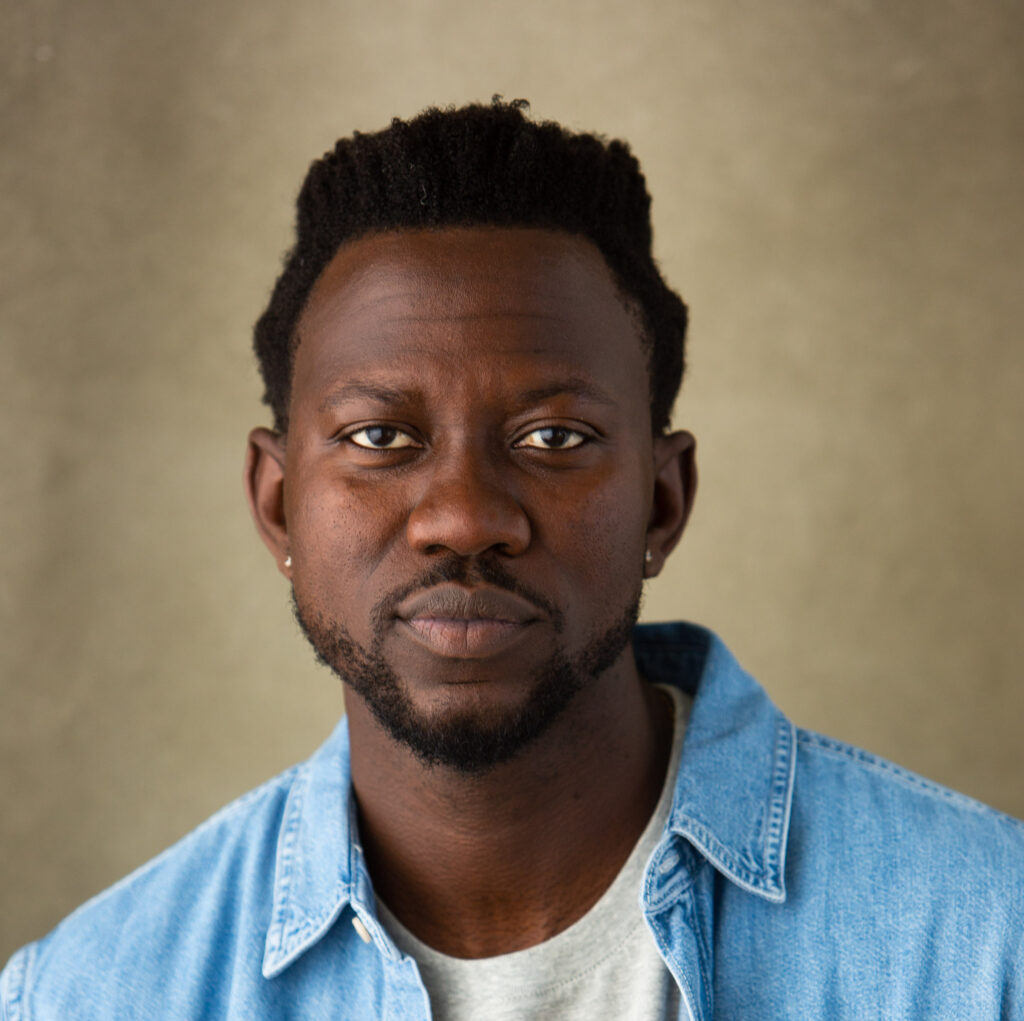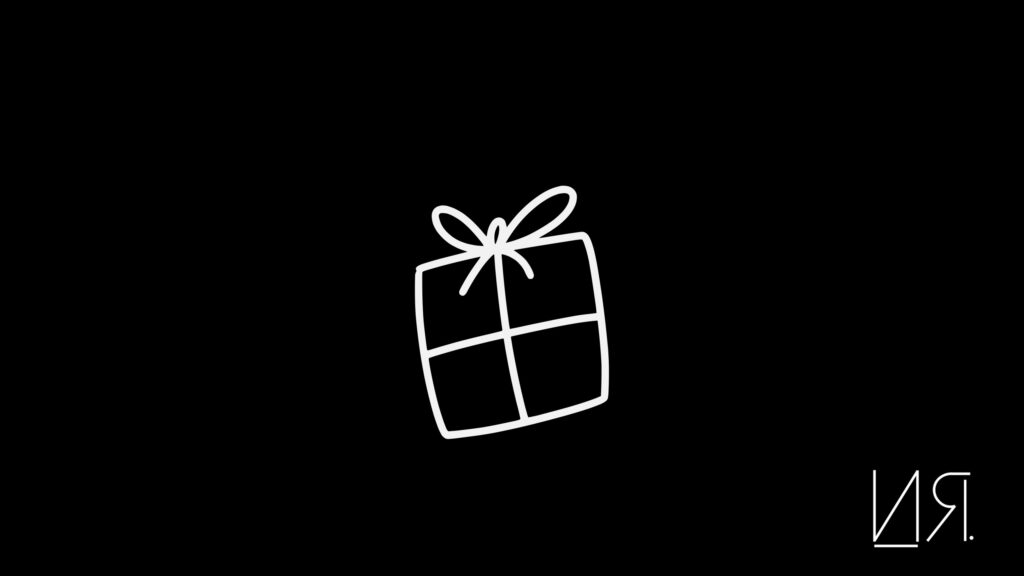You have a brand whether you like it or not.
Did you choose it or was it assigned to you?
Ten years ago, I strolled to find a seat in the classroom on the sunny Stanford Business School campus on a Saturday afternoon. This weekend had a few different characters tackling the challenging topic of “business in Africa.”
I was skeptical about what I’d learn. In the back of my mind, I thought: “What can these silicon valley folks tell me about Africa?”
A few minutes into one of the panels, one of those silicon valley types said something that struck me.
He said: “Business moves at the speed of trust. Until you learn to build trust through partners in Africa, your business will stall.”
Over years of building my advisory company and helping hardware manufacturers expanding in Africa, those words kept playing in my mind. I sat through multiple face-to-face meetings, witnessed intense handshakes and drawn-out contract negotiations, coached distributors off the ledge from blowing up a deal last minute.
All this, just for two strangers to size one another up and decide whether they wanted to work together (or “get in bed together” as some partners casually joked).
I learned that the faster you build trust, the quicker the business deal.
What I didn’t realize then was that this was not just isolated to business in Africa. It’s just how humans do business.
Low Happiness:
No trust, No business!
No business, No autonomy!
Well.
No autonomy, No purposeful work!
No purposeful work, Limited happiness!
Quick math.
Build trust, increase happiness.
Easy.
Every action you take is either increasing or eroding trust with your partner, team, colleagues, customers, or community.
This is simply what a brand is.
You might think: “But I don’t want a brand.”
Trust me, you already have a brand whether you like it or not.
“Your brand is essentially the promise or associations linked to you.” ~ Scott Galloway.
You might as well be intentional about it.
It’s how you scale trust, gain more autonomy, and increase joy in your life. It’s not about the fancy words you put on a billboard or the tagline on your LinkedIn profile.
It’s what you do.
Standing Out and Positioning Your Unique Self:
“You have a unique set of skills, Nifemi. A strong technical background, marketing skills, and you have this creative energy and mindset.”
I heard this recently on a call with a client.
It wouldn’t be the first time. I had heard the same set of words a few times before. I realized that my brand is a stack of skills that I didn’t know about until I started hearing it.
When you start to hear what’s unique about you, pay attention.
This will help you stand out, be different, and gain confidence in establishing credibility.
Here are three steps that I find helpful in doing this:
1. Define
Brand is the pairing of things.
A good brand however is “the intentional pairing of relevant things done consistently.” ~ Caleb Ralston.
Take some time to be intentional about what you want to be associated with.
Do you want to be known as a reliable person?
Perhaps you want to be associated with creativity, empathy, good leadership, or being cool under pressure.
It’s up to you to define what that looks like.
For instance, I want to be associated with creativity, flow states, consistency, kindness, ease, and independence. So a lot of my actions are connected to those traits.
One important definition that most people skip is not being clear on what they don’t want to be associated with. Sort of your anti-brand. For instance I don’t want to be associated with overworking, perfection, “get rich quick,” chasing titles.
Think about what you want to be associated and what you don’t want to be associated with.
Start with definitions.
2. Position
Your experience is your position.
Positioning is what sets you apart. This can be your unique story, expertise, or philosophy. Most people struggle at this stage, yet it’s the most powerful place to set yourself apart. If you don’t have your unique positioning, you’ll be like everyone else, drowning in the noise.
What I’ve found that works for me is what I call a “skill stack.”
For instance, I have a process engineering background, started my career in automation, went to certain schools and built a good network, started an international expansion business for industrial businesses, made music, sold NFTs, and wrote a few books along the way. Each one of these experiences are not unique on their own, but when you stack them on one another it becomes unique.
I can effectively position myself at the intersection of technical capability (automation), business development (marketing), and a creative mindset.
Skills might sound too jarring in case you’re thinking “but what skills do I have?” Switch out ‘skill’ in the skill stack with ‘experience.’ List things you’ve experienced and stack them up. That’s your positioning.
Your experience stack gives you a unique perspective and a differentiated place to stand on.
3. Tell (Your story)
Your story is your DNA.
The most powerful ingredient in your brand is your story. If your skill stack is a picture then your story is the beautiful frame and the museum the picture hangs in. Just like everyone has a unique DNA, everyone has a unique story.
This is an advantage.
No one has lived your life. So tell your story.
There are three parts to craft your brand story: your catalyst, core truth, and proof.
Your Catalyst:
What do you see that others don’t? This is why your brand exists. Every brand exists because something needed to change.
Mine is: “Leadership is not a top-down activity. It’s distributed and built through dialogue.”
To understand yours, answer these:
- What needs to change?
- What do you see that others don’t?
- Why do you feel the need to act on it?
Your Core Truth:
What do you believe that others might not believe? This means having conviction that’s different from everyone else in your field.
One of mine is: “Maximizing flow state is more important than productivity.”
To define your core truth, answer these:
- What is it I believe in that others don’t?
- What is unique about my personality? (What do people compliment me on that I can lean into?)
- Why will the audience care about this? What value does it bring to them?
Your Proof:
How do you reinforce that identity every single day? Your brand is not what you say, it’s what you do, over and over again.
One of mine: “Demonstrating consistency and showing how I’ve written my books and the opportunities it opens up for me.”
Answer these questions:
- What are the top 10 experiences that prove that I have lived through an experience?
- What actions do I need to take each day to show instead of tell?
- How can I help people get results? (Are there people already getting results from what I teach?)
Share your story. The ups, the downs, and how you overcame. Watch people gravitate towards you as you become more relatable.
Your Brand Stack:
You have a brand whether you like it or not.
An intentional brand is not what you say, it’s what you do.
It’s not about your static tagline, the fancy clothes you wear, or the colors you choose on your website. Before you get there, define your brand, position yourself, and tell your story to truly stand out in a crowded market place.
Yours truly,
Nifemi



